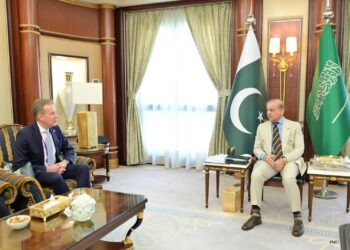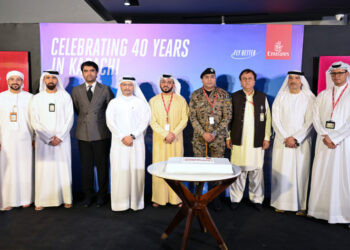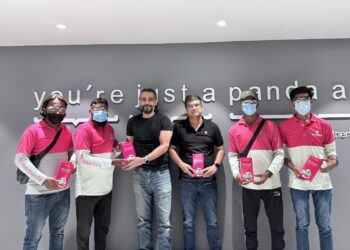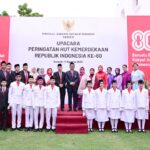Xinhua
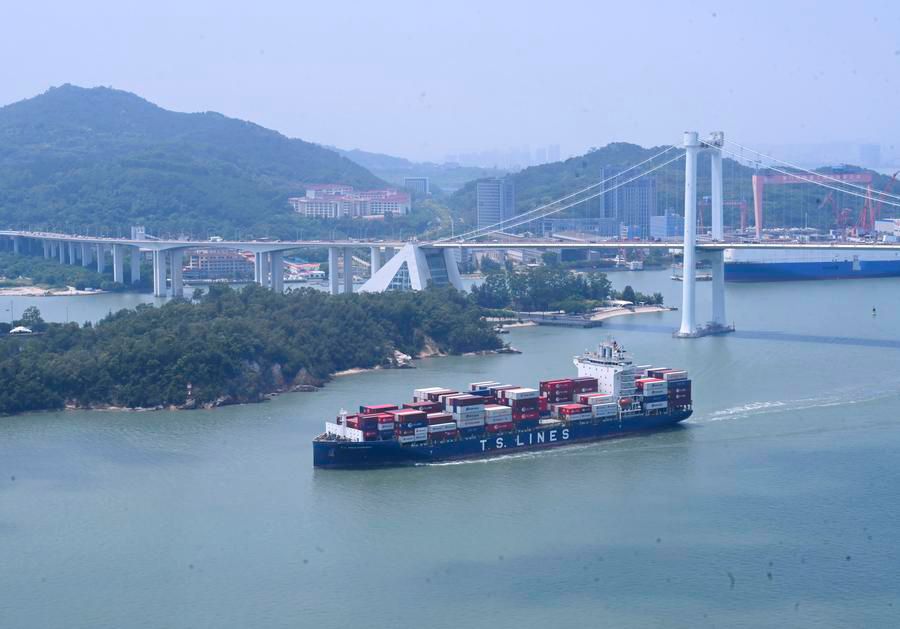
Chinese President Xi Jinping has called for greater openness, multilateral cooperation, and shared growth across the Asia-Pacific region, as leaders gather for the 2025 APEC Summit in South Korea amid rising protectionism and a slowing global economy.
In his address to fellow APEC leaders, Xi reiterated that economic globalization must remain open and inclusive, warning that “closing doors will not make anyone’s economy stronger.” He urged member economies to strengthen trade ties and resist “decoupling or confrontation,” arguing that interdependence is a source of strength rather than risk.
Xi’s remarks come as the International Monetary Fund projects Asia-Pacific growth to slow from 4.5% this year to 4.1% in 2026, a signal of the region’s vulnerability to global headwinds. “Asia-Pacific has always been the engine of the world economy,” Xi said. “Now, more than ever, we must safeguard the spirit of cooperation that made this region thrive.”
Championing Free Trade and Regional Integration
Since his first APEC appearance in 2013, Xi has framed free trade and connectivity as pillars of his global vision. Under his leadership, China has deepened ties with fellow APEC members through agreements such as the Regional Comprehensive Economic Partnership (RCEP) and the newly upgraded China-ASEAN Free Trade Area Version 3.0.
These frameworks, Xi said, “represent pathways toward a truly open Asia-Pacific economy,” emphasizing that China remains committed to high-level opening-up even as geopolitical tensions rise.
China now counts 15 of 21 APEC members as free trade partners, reflecting its expanding economic reach and its efforts to counter global fragmentation.
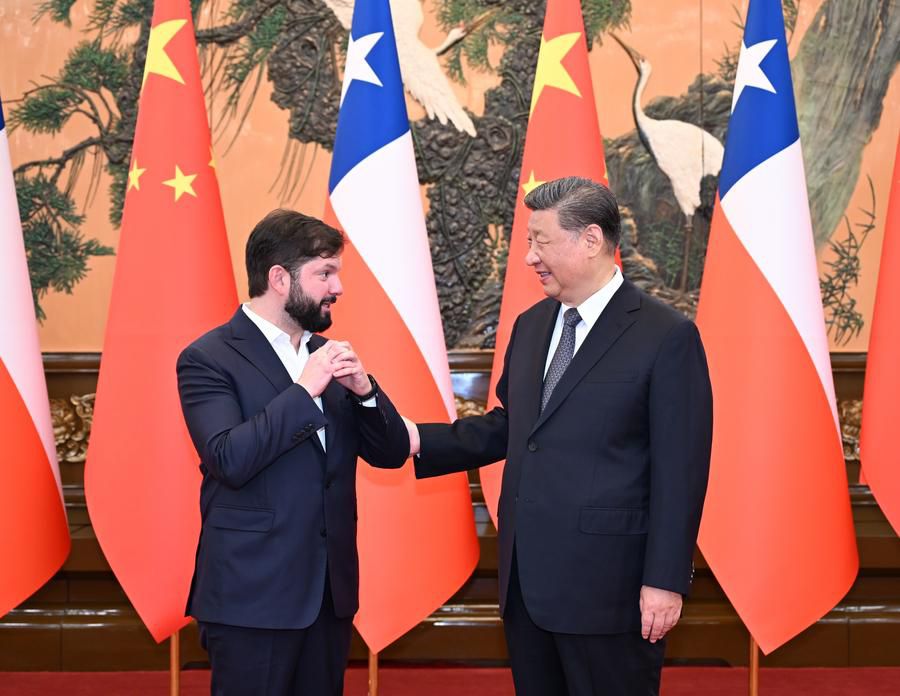
Connectivity as a Growth Engine
Beyond trade liberalization, Xi’s vision is anchored in connectivity—both physical and digital. The Belt and Road Initiative (BRI), launched alongside his first APEC engagements, has become central to this approach. Recent projects such as the China-Vietnam railway, Jakarta-Bandung high-speed line, and Chancay Port in Peru are reshaping trade corridors across Asia and Latin America.
Xi has described this model as “driving logistics through transport corridors, boosting trade through logistics, and spurring industries through trade.”
At the summit, Xi also underscored the importance of supply chain stability and technological cooperation, calling on APEC members to avoid “erecting barriers in the name of security” and instead “build bridges of mutual benefit.”
A Shared Future for the Asia-Pacific
Xi’s long-term goal, reiterated in Seoul, is to build an “Asia-Pacific community with a shared future,” aligned with the Putrajaya Vision 2040—a blueprint for an open, dynamic, resilient, and peaceful region.
He linked this vision to broader global challenges, including climate action, digital transformation, and equitable development, saying that “the future of globalization will depend on our ability to cooperate, not compete.”
Quoting ancient Chinese wisdom, Xi said, “The highest good is like water—it benefits all without contention.”
He added that the vast Pacific “is big enough for all countries to prosper together.”

